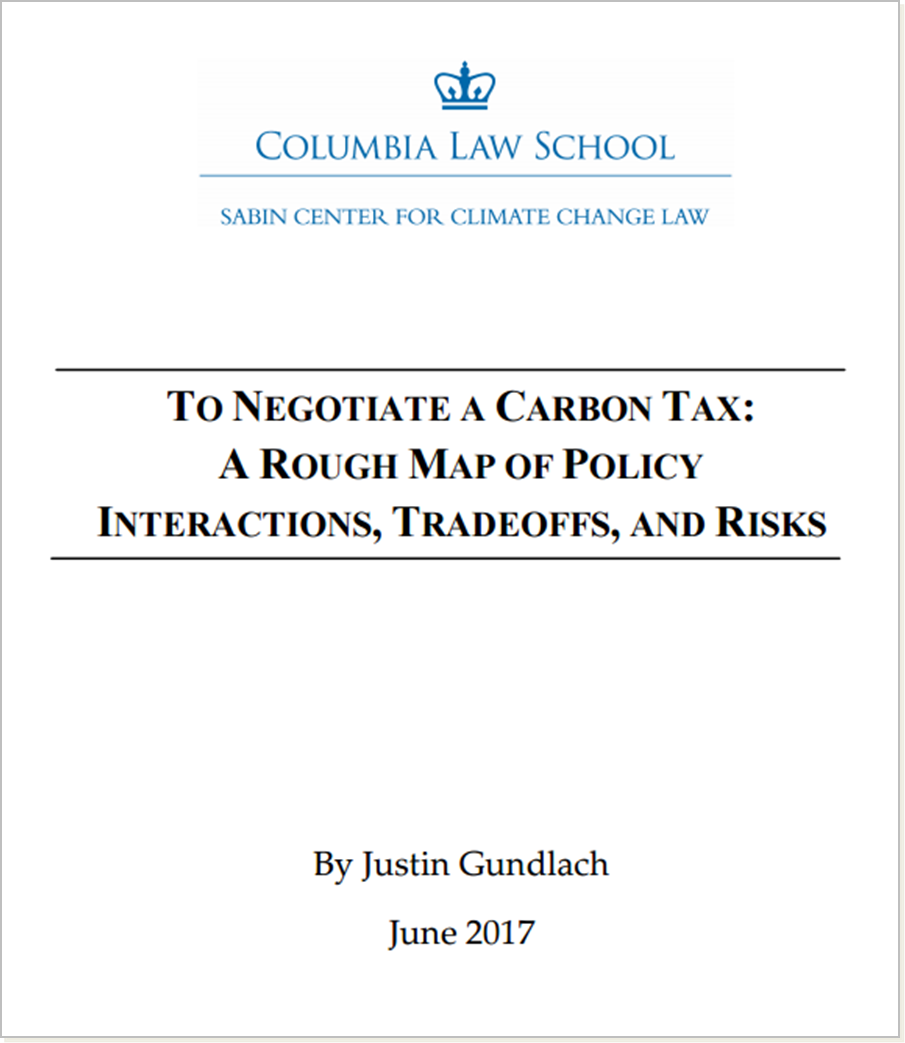By Adam Riedel
U.S. Energy Secretary Dr. Steven Chu has consistently touted the benefits of white or reflective roofs and “cool pavements” (white or lightly colored pavements) in combating climate change, and has even mandated that all new roofs on Energy Department buildings be either white or reflective. Studies have indicated that white roofs and cool pavements benefit the climate in two ways. First, by increasing the albedo (the reflective power of a surface) of a roof or pavement, a greater percentage of the sun’s energy will be reflected through the atmosphere and back into space, rather than being absorbed by the surface. Second, because this energy is not absorbed by the building, less energy will be needed to cool the building, thereby leading to lower energy use.
The potential impacts on climate change from the widespread adoption of white roofs and cool pavement has been estimated to be substantial, with one study from Lawrence Berkeley National Laboratory indicating that converting all the roofs and dark pavement in the world’s urban areas would result in the offsetting of the equivalent of 44 GT of CO2, which is equal to the estimated growth of CO2– equivalent emissions for 11 years.[1] The potential for such massive impacts on climate change from such a simple and relatively low-cost action has driven great interest in and hope for white roofs.
However, a study to be published in the Journal of Climate has called into question the potential of white roofs to act as an offset of CO2. [2] The study, conducted by researchers at Stanford University, examined the effect of “heat islands” (i.e. urban areas with increased surface temperatures due in large part to the decreased albedo of darkly-colored urban surfaces). The researchers found that urban heat islands tend to contribute very little to the warming of the planet overall, thus minimizing the potential climate benefits from reducing the temperatures in these heat islands through the adoption of white roofs and cool pavements. Additionally, the researchers examined the wider regional impacts of white roofs and cool pavements and claim that the reduction in temperatures in cities could actually increase global warming by impairing cloud formation and slowing smog dispersal, thereby enhancing the greenhouse effect.
This study is just one of many and only focuses on the offsetting potential of white roofs and cool pavements; the energy efficiency impacts of white roofs likely have significant climate benefits. However, it does raise important questions regarding the extent to which we should be pinning our hopes on “quick fixes” to climate change like the offsetting potential of white roofs or various geoengineering techniques.
[1] Hashem Akbari, Global Cooling: Increasing Worldwide Urban Albedos to Offset CO2, presented at The Fifth Annual California Climate Change Conference, Sacramento, CA, September 9, 2008.
[2] Mark Z. Jacobsen and John E. Ten Hoeve, Effects of Urban Surfaces and White Roofs on Global and Regional Climate, in press September 2011, available at https://www.stanford.edu/group/efmh/jacobson/Articles/Others/HeatIsland+WhiteRfs0911.pdf.



